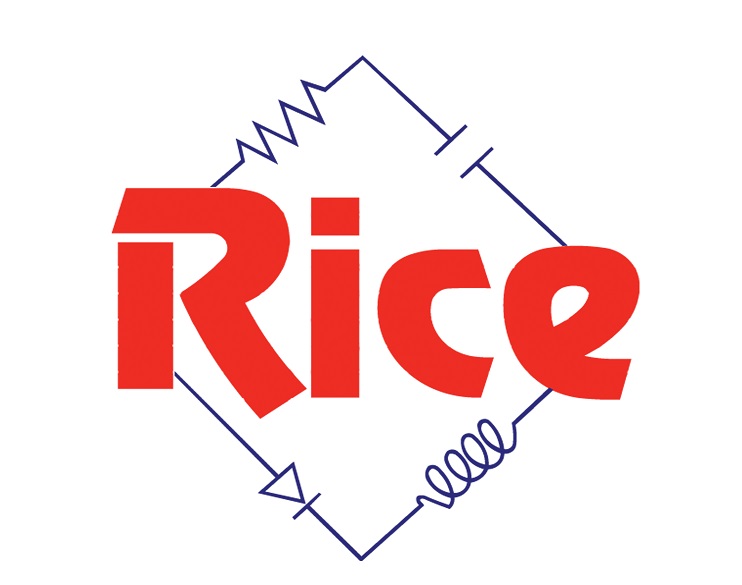Maritime GMDSS

GMDSS, Global Maritime Distress and Safety Systems, replaced the marine carriage requirements imposed by the Communications Act of 1934. Instead of telegraph and simple high frequency radio communications where you hoped someone was listening, a highly integrated system of ships and shore based systems with automatic monitoring systems virtually guarantee your call for help will be heard. There are many variations in the new carriage requirements that can seem very confusing at times. Primary to any GMDSS installation is first identify which ocean area a vessel will be operating. These are typically listed as A1, A2, A3 and A4 with A1 being always within VHF range of shore based stations, 20 to 30 miles, and area A4 being those places where satellite communications are impossible such as the polar regions. It should be noted that the requirements are cumulative in nature. An A4 vessel is also equipped, by definition, with equipment for A1, A2 and A3 sea areas.
Carriage requirements for GMDSS
A1:
- One VHF radio capable of DSC (Digital Selective Calling) on channel 70 and voice communications on channel 16, 13 and 6.
- One SART (Search And Rescue Transponder) if under 500 gross tons otherwise two.
- Two approved lifeboat portable VHF radios if under 500 gross tons otherwise two.
- One Navtex receiver or an Inmarsat EGC receiver if operating in an area where Navtex is not offered.
- One 406 MHz or a 1.6 GHZ satellite EPIRB, (Emergency Position Indicating Radio Beacon). Note: a VHF DSC EPIRB may replace the 406 MHz and 1.6 MHz EPIRB if operating exclusively in area A1.
A2: (in addition to A1 equipment)
- One MF (Medium Frequency) radio installation capable of transmitting and receiving on the frequencies 2187.5 kHz using DSC and 2182 kHz using radiotelephony.
- One DSC watchkeeping receiver operating on 2187.5 kHz.
- A HF radio installation operating on working frequencies in the (marine) bands between 1,605 kHz and 27,500 kHz. (This requirement is normally fulfilled by the addition of this capability in the MF equipment referred to in item 2.)
A3: (in addition to A1 and A2 equipment)
- One Inmarsat C ship earth station.
- One MF radio installation and 2187.5 kHz DSC watchkeeping receiver.
OR
- One MF/HF radio installation capable of transmitting and receiving on all distress and safety frequencies in the (marine) bands between 1,605 kHz and 27,500 kHz: using DSC, radiotelephony and NBDP (Narrow Band Direct Printing Telex).
- One MF/HF DSC watchkeeping receiver capable of maintaining DSC watch on 2187.5 kHz, 8,414.5 kHz and on at least one of the distress and safety DSC frequencies 4207.5 kHz, 6312 kHz, 12577 kHz or 16804.5 kHz at any time. It shall be possible to select any of these DSC distress and safety frequencies.
A4: (in addition to A1, A2 and A3 equipment)
-
- One MF/HF radio installation as described earlier.
- One MF/HF DSC watchkeeping receiver as described earlier.
Note: Satellite based systems do not operate in the A4 Polar Regions.
In addition to the carriage requirements, regulation 15 of the SOLAS GMDSS regulations defines 3 methods to ensure availability of GMDSS equipment at sea.
- At sea electronic maintenance, requiring the carriage of a qualified radio/electronic officer (holding a GMDSS First or Second Class Radio-Electronics Certificate) with adequate spare parts and service manuals.
- Duplication of certain equipment, or;
- Shore based maintenance contracts. Almost exclusively vessel operators opt for duplication of equipment or shore based maintenance contracts.
